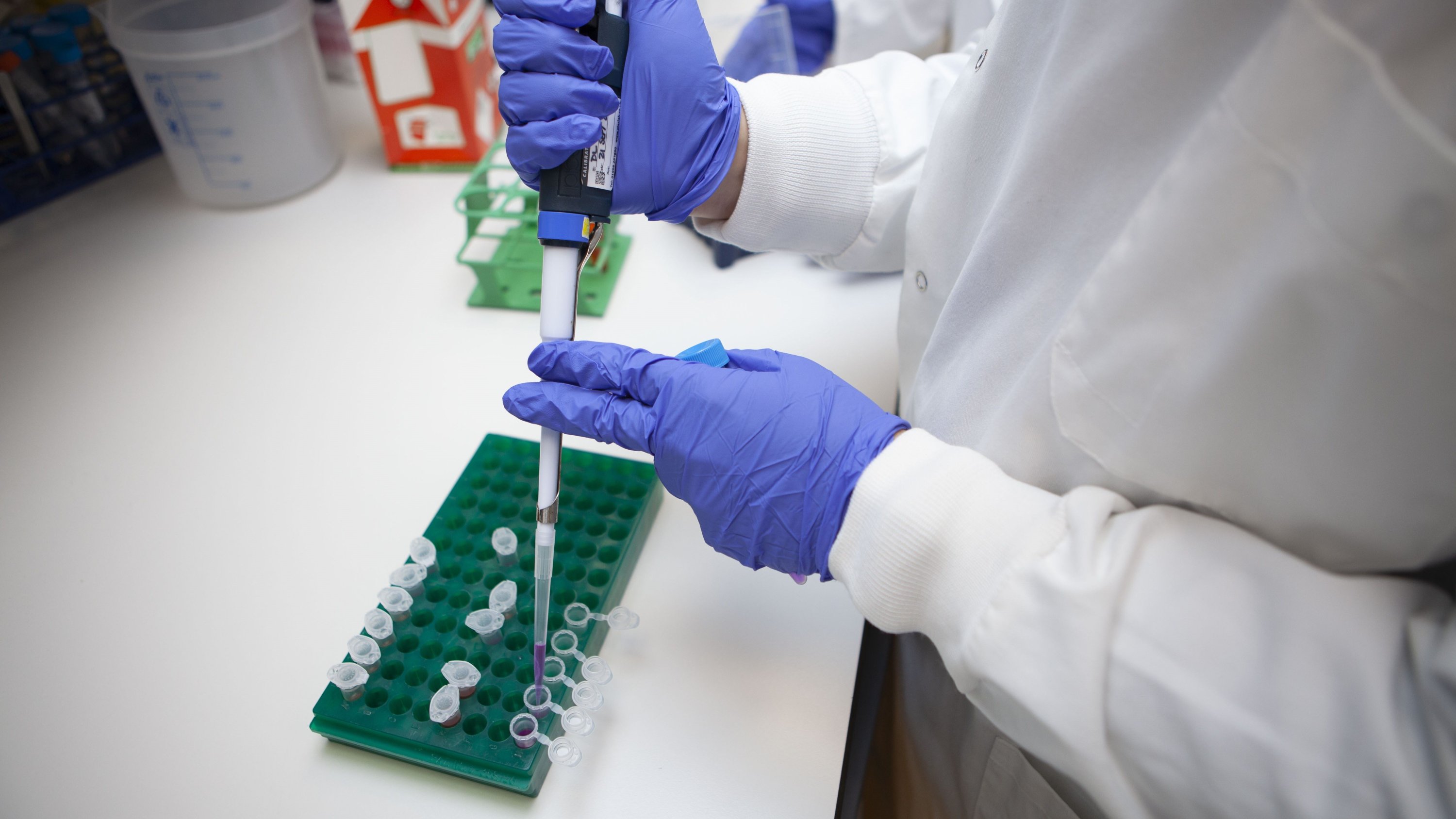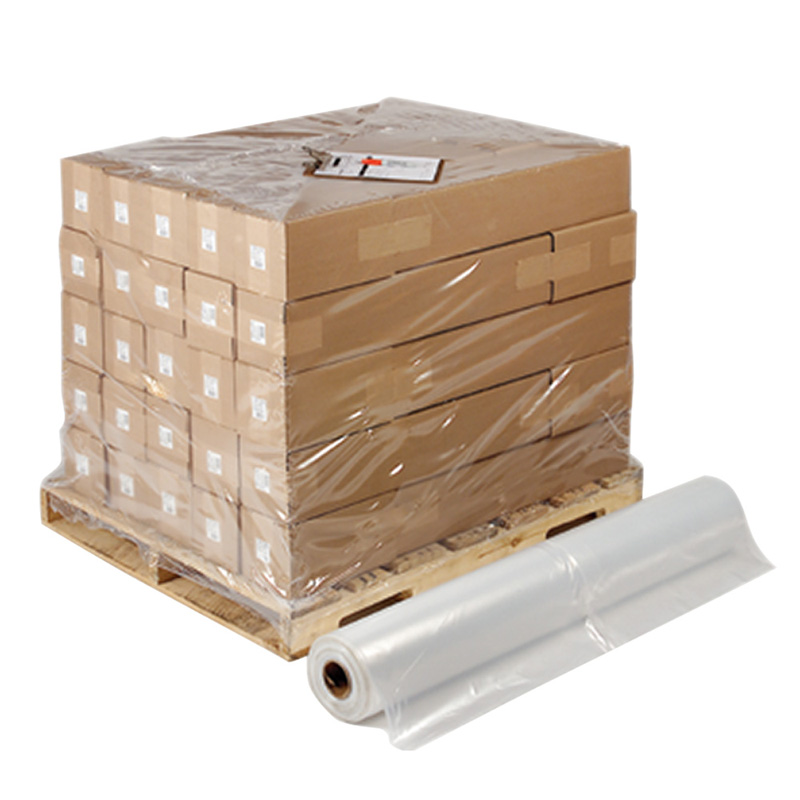 Blog Speed Optimization – Make Google & Users Happy!
Blog Speed Optimization – Make Google & Users Happy!
Particle Size Analysis for Pharmaceuticals: A Malaysian Perspective
Written by Kean » Updated on: June 17th, 2025

Introduction
Particle size analysis is a critical aspect of pharmaceutical development and manufacturing, playing a pivotal role in determining the efficacy, safety, and quality of drug products. In Malaysia, a country with a rapidly growing pharmaceutical industry, the importance of particle size analysis cannot be overstated. As the industry strives to meet both local and international regulatory standards, the adoption of advanced particle size analysis techniques has become essential. This article explores the significance of particle size analysis in pharmaceuticals, the techniques commonly used, and the unique challenges and opportunities faced by the Malaysian pharmaceutical sector.
The Importance of Particle Size Analysis in Pharmaceuticals
Particle size analysis is a fundamental parameter in the pharmaceutical industry because it directly influences the bioavailability, dissolution rate, and stability of drug products. The size of particles in a drug formulation can affect how the drug is absorbed in the body, its therapeutic efficacy, and even its shelf life. For instance, smaller particles have a larger surface area, which can enhance the dissolution rate of poorly soluble drugs, thereby improving their bioavailability. Conversely, larger particles may be necessary for controlled-release formulations to ensure a sustained drug release over time.
In addition to influencing drug performance, particle size also impacts the manufacturing process. Uniform particle size distribution is crucial for ensuring consistent product quality, particularly in processes such as blending, granulation, and tablet compression. Variations in particle size can lead to issues such as segregation, poor flowability, and uneven content uniformity, which can compromise the final product's quality.
Common Techniques for Particle Size Analysis
Several techniques are available for particle size analysis, each with its own advantages and limitations. The choice of technique depends on the specific requirements of the pharmaceutical application, such as the size range of the particles, the nature of the sample, and the desired level of accuracy.
Laser Diffraction: Laser diffraction is one of the most widely used techniques for particle size analysis in the pharmaceutical industry. It measures the angular variation in the intensity of light scattered by particles as they pass through a laser beam. This technique is suitable for a wide range of particle sizes, from nanometers to millimeters, and provides rapid and reproducible results. In Malaysia, laser diffraction is commonly used for quality control and research and development (R&D) purposes.
Dynamic Light Scattering (DLS): DLS, also known as photon correlation spectroscopy, is particularly useful for analyzing nanoparticles and submicron particles. It measures the fluctuations in the intensity of scattered light caused by the Brownian motion of particles in a suspension. DLS is highly sensitive and can provide information on particle size distribution and polydispersity. In the Malaysian pharmaceutical industry, DLS is increasingly being used for the characterization of nanomedicines and advanced drug delivery systems.
Sieve Analysis: Sieve analysis is a traditional and cost-effective method for determining particle size distribution. It involves passing a sample through a series of sieves with progressively smaller mesh sizes and weighing the amount of material retained on each sieve. While sieve analysis is simple and straightforward, it is limited to particles larger than 50 microns and may not be suitable for fine powders or cohesive materials. Despite its limitations, sieve analysis remains a valuable tool for certain applications in Malaysia, particularly in the production of herbal and traditional medicines.
Microscopy: Microscopy techniques, such as optical microscopy and electron microscopy, provide direct visualization of particles and can offer detailed information on particle shape, size, and morphology. While microscopy is highly accurate, it is time-consuming and requires skilled operators. In Malaysia, microscopy is often used in conjunction with other techniques for comprehensive particle characterization.
Challenges and Opportunities in the Malaysian Pharmaceutical Industry
The Malaysian pharmaceutical industry is poised for significant growth, driven by increasing healthcare expenditure, a growing population, and government initiatives to promote the sector. However, the industry also faces several challenges, particularly in the area of particle size analysis.
One of the primary challenges is the need for advanced analytical equipment and expertise. While Malaysia has made significant strides in adopting modern particle size analysis techniques, there is still a need for greater investment in state-of-the-art instruments and training programs. This is particularly important for the development of innovative drug products, such as nanomedicines and biologics, which require highly sensitive and accurate particle size analysis.
Another challenge is the need to comply with stringent regulatory requirements. Malaysia's pharmaceutical industry is subject to both local and international regulations, including those set by the National Pharmaceutical Regulatory Agency (NPRA) and the International Council for Harmonisation of Technical Requirements for Pharmaceuticals for Human Use (ICH). Ensuring compliance with these regulations requires robust quality control processes, including rigorous particle size analysis.
Despite these challenges, there are also significant opportunities for the Malaysian pharmaceutical industry. The growing demand for generic drugs, biosimilars, and traditional medicines presents a lucrative market for local manufacturers. Additionally, the increasing focus on personalized medicine and targeted drug delivery systems offers new avenues for innovation. By leveraging advanced particle size analysis techniques, Malaysian pharmaceutical companies can develop high-quality, innovative products that meet the needs of both domestic and international markets.
Conclusion
Particle size analysis is a cornerstone of pharmaceutical development and manufacturing, with far-reaching implications for drug efficacy, safety, and quality. In Malaysia, the pharmaceutical industry is at a crossroads, with both challenges and opportunities on the horizon. By investing in advanced particle size analysis techniques and expertise, Malaysian pharmaceutical companies can enhance their competitiveness, meet regulatory requirements, and contribute to the global pharmaceutical landscape. As the industry continues to evolve, particle size analysis will remain a critical tool for ensuring the success of pharmaceutical products in Malaysia and beyond.
Note: IndiBlogHub features both user-submitted and editorial content. We do not verify third-party contributions. Read our Disclaimer and Privacy Policyfor details.
Copyright © 2019-2025 IndiBlogHub.com. All rights reserved. Hosted on DigitalOcean for fast, reliable performance.













